Imagine standing in a dense, prehistoric forest, sunlight flickering through ferns as a mysterious, booming call echoes all around you. Your heart jumps—not out of fear, but wonder. That sound isn’t thunder; it’s a dinosaur announcing its presence, using a natural sound system built right into its skull. This isn’t science fiction—it’s science at its most fascinating, and today, we’re diving headfirst into the skull of one of Earth’s most unusual musical maestros. Let’s peel back layers of bone, travel millions of years into the past, and discover how some dinosaurs turned their heads into amplifiers, resonators, and even communication tools that would put modern speakers to shame.
The Discovery of the Dinosaur “Sound System”
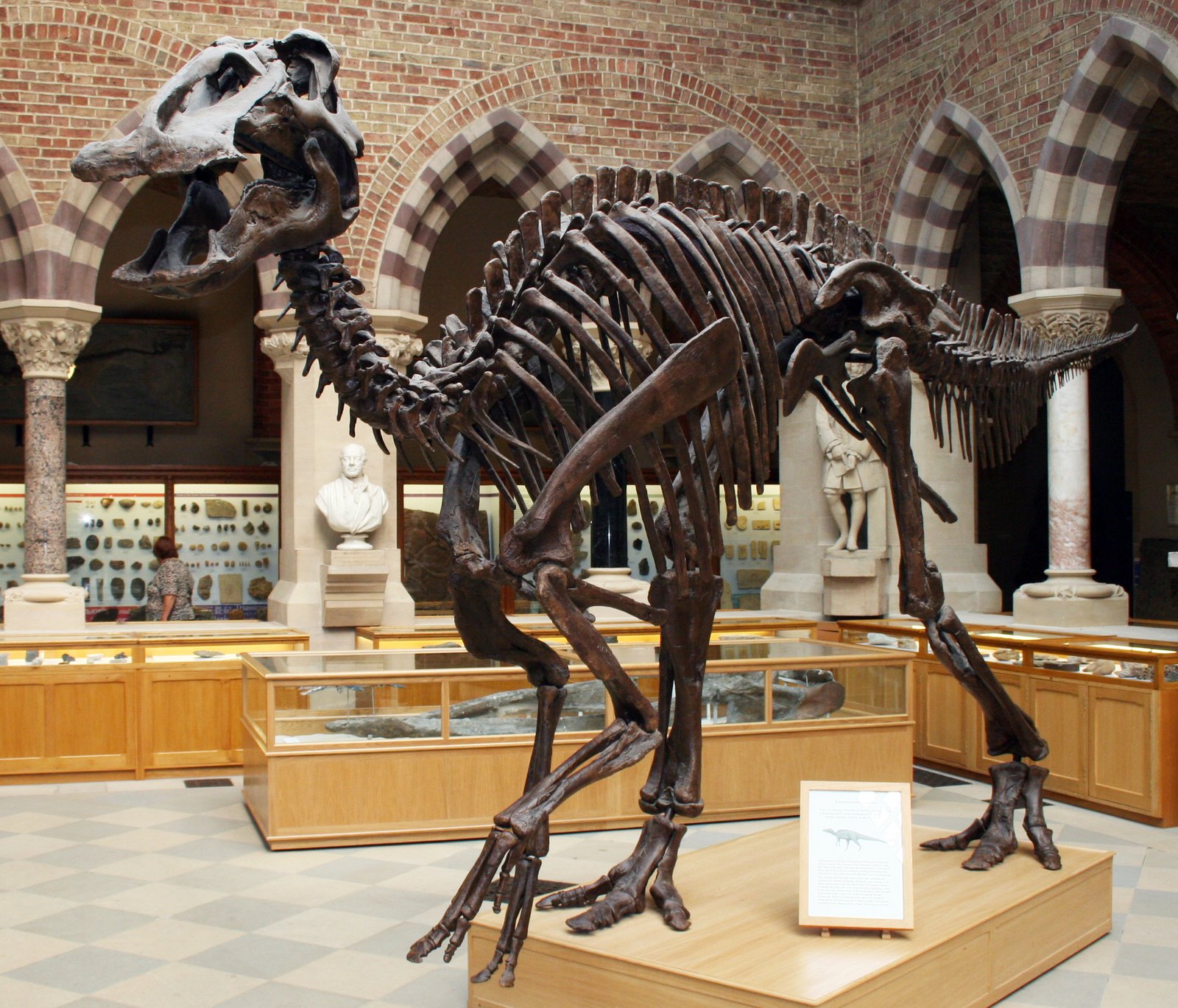
The story begins in the dusty badlands of North America, where paleontologists uncovered fossil skulls unlike any they’d seen before. These remains belonged to hadrosaurids, also known as “duck-billed dinosaurs,” whose skulls featured elaborate crests and tubes. At first glance, these structures seemed bizarre, almost comical. But as scientists examined them more closely, it became clear: these dinosaurs had evolved intricate airways within their skulls. These winding passages weren’t just for decoration—they were the heart of a built-in sound system, a feature that baffled and excited researchers. As more fossils surfaced, the mystery only grew deeper.
The Marvel of the Lambeosaurus Crest

Among all the hadrosaurids, Lambeosaurus stands out for its striking, hatchet-shaped crest. This long, hollow structure extended from the top of its skull, curving backward like a bizarre helmet. When researchers cut open fossilized crests, they found a labyrinth of internal tubes and chambers. The design seemed almost too complex to be random. By comparing Lambeosaurus skulls of different ages, scientists realized the crest changed dramatically as the dinosaur matured. This hinted that the sound system was linked to both communication and growth—an evolutionary masterpiece shaped over millions of years.
Anatomy of a Dinosaur Resonator
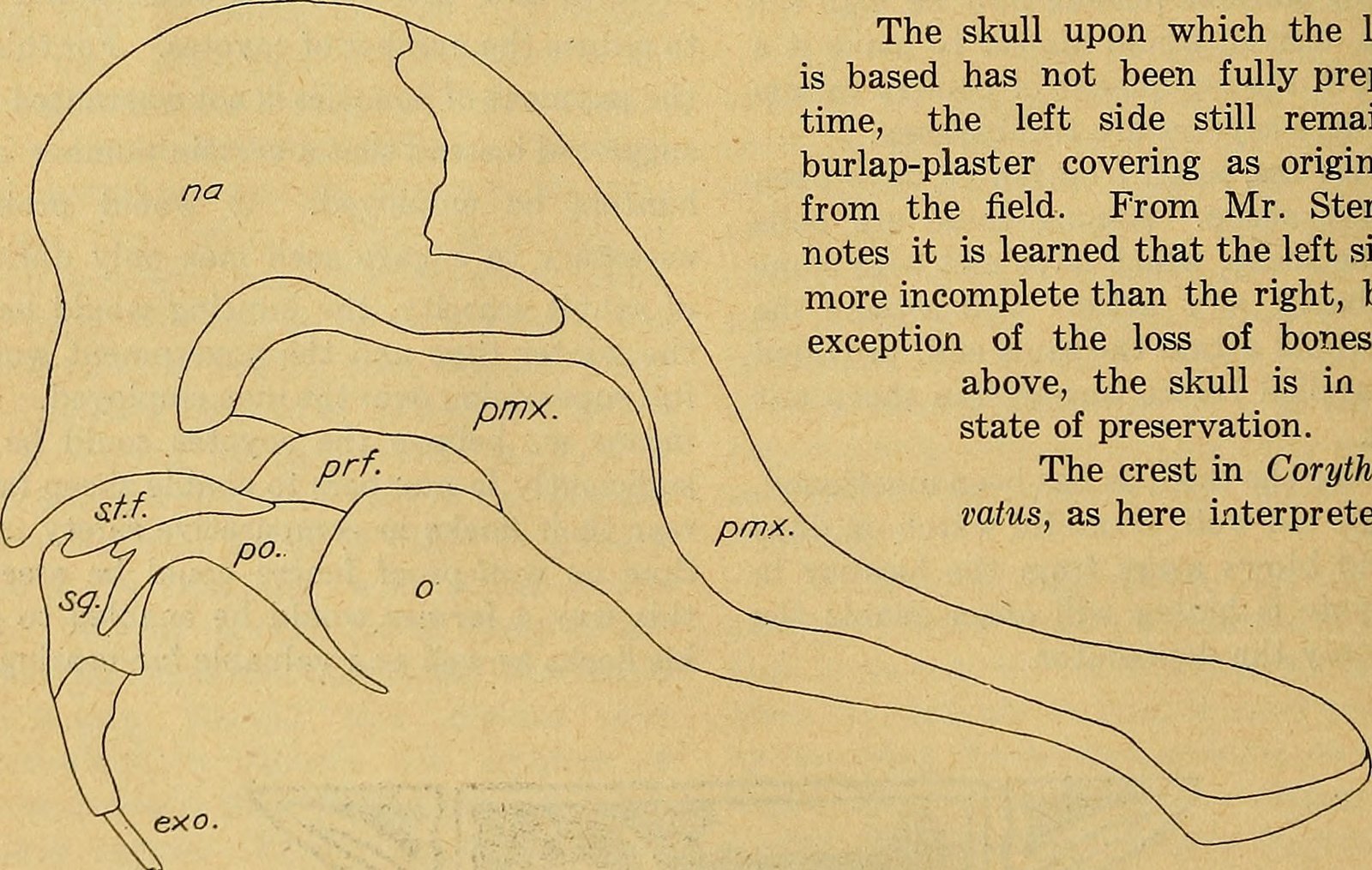
The internal anatomy of these crests is nothing short of astonishing. Picture a trombone or a French horn, with its winding tubes amplifying and modifying sound. Inside the dinosaur’s crest, air would travel through convoluted passageways, creating a resonance chamber. When the dinosaur exhaled, sound waves would bounce around inside the crest, deepening and enriching the call. This unique adaptation allowed the dinosaur to produce low, booming sounds that could travel for miles across ancient landscapes. The complexity of these airways rivals some of our most advanced acoustic instruments.
How Dinosaurs May Have “Spoken”
Just imagine a family of dinosaurs calling out to each other in the early morning mist. Scientists believe these built-in resonators enabled hadrosaurids to create a range of sounds, from haunting bellows to sharp blasts. The shape and length of each crest likely determined the pitch and tone, almost like tuning a musical instrument. Some paleontologists even suggest that each dinosaur could have had its own unique “voice.” This would have been incredibly useful for communication—helping individuals recognize each other, warn about predators, or signal readiness to mate.
The Science of Sound: Testing the Theory
But how do we know these crests really made noise? Scientists have used modern technology to find out. By scanning fossil skulls and creating 3D models, researchers can simulate how air would have flowed through the crest. These virtual tests show that the crests could have produced deep, resonant sounds in the same range as elephants or tuba players. In some cases, paleontologists even built physical replicas of the crests to blow air through them, producing eerie, otherworldly noises. It’s a surreal experience—almost like resurrecting the ancient world’s soundtrack.
Communication Among Herds
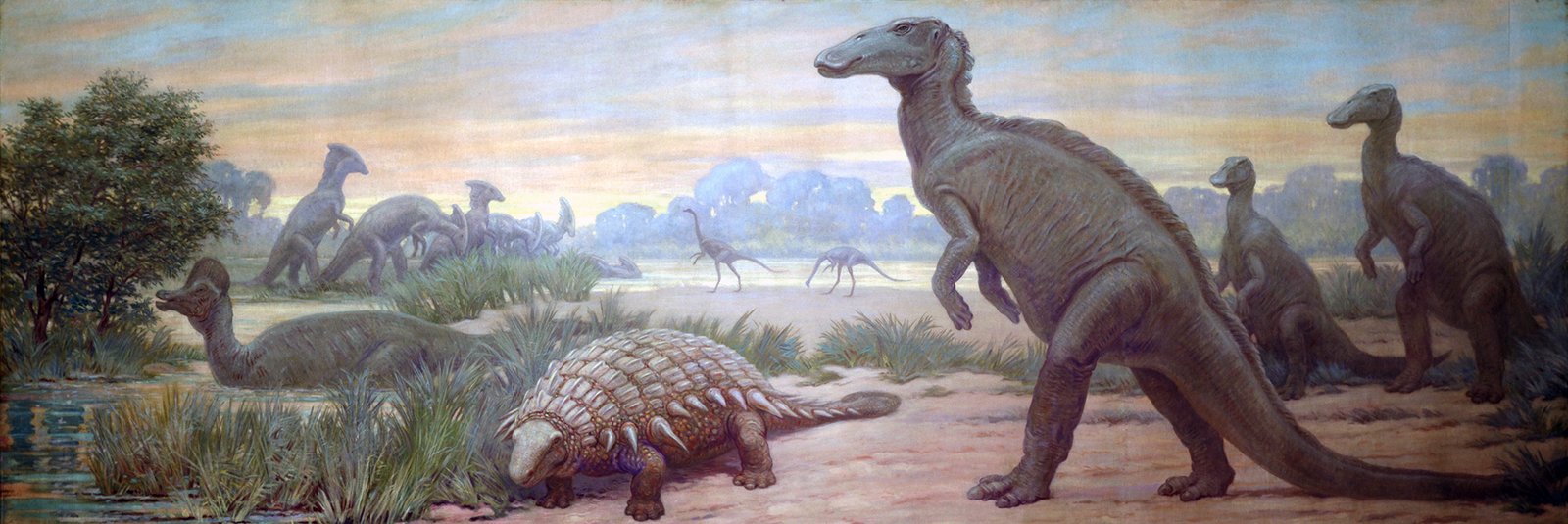
Living in large groups, hadrosaurids would have needed ways to stay connected. Picture hundreds of dinosaurs grazing together, separated by patches of thick forest or rolling hills. The ability to make loud, far-reaching calls would have kept the herd organized and safe. Adults could call their young, warn the group of threats, or coordinate movements. It’s a bit like having a built-in walkie-talkie—one that works without batteries and never runs out of power. For dinosaurs, this sonic superpower could mean the difference between life and death.
Sound as a Social Signal
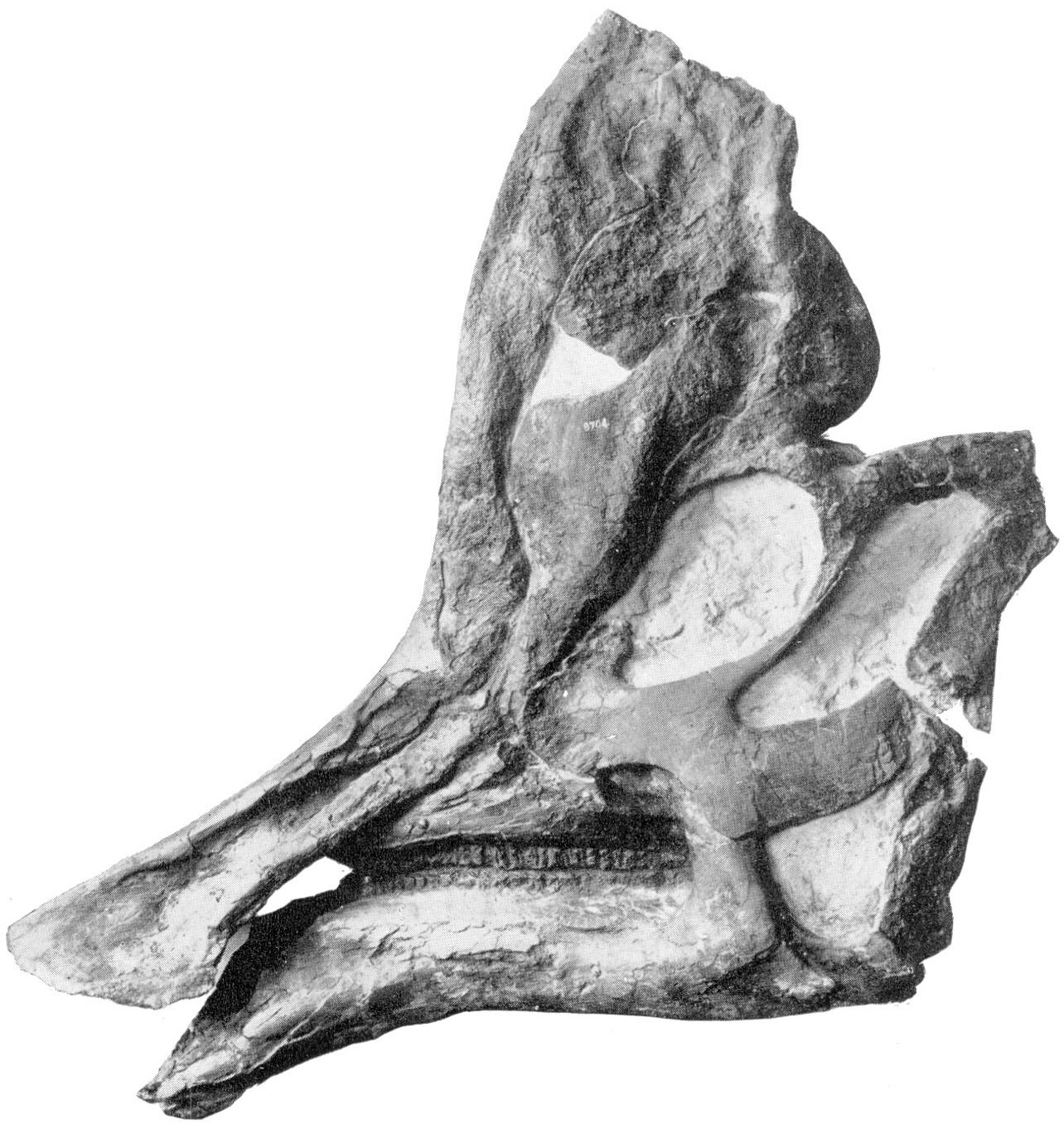
Some scientists propose that these sounds weren’t just practical—they were social, too. Just like birds today use songs to attract mates or show off, hadrosaurids may have used their crests to impress each other. A larger or more elaborate crest could signal strength or good health, and the deeper the sound, the more powerful the impression. These calls might have echoed across ancient floodplains, turning mating season into a prehistoric symphony. The crest, then, wasn’t just a tool—it was a badge of status, a visual and audio display rolled into one.
Comparisons to Modern Animals
If you’re wondering whether any animals today have similar adaptations, look no further than cranes, swans, or even elephants. Cranes have elongated windpipes that coil inside their chests, letting them produce loud, trumpet-like calls. Elephants use their trunks and massive vocal cords to communicate over long distances. The similarities are striking—nature, it seems, loves to reuse a good idea. These modern “sound systems” help us imagine what it might have sounded like when a Lambeosaurus let out its call millions of years ago.
The Role of the Crest in Everyday Life
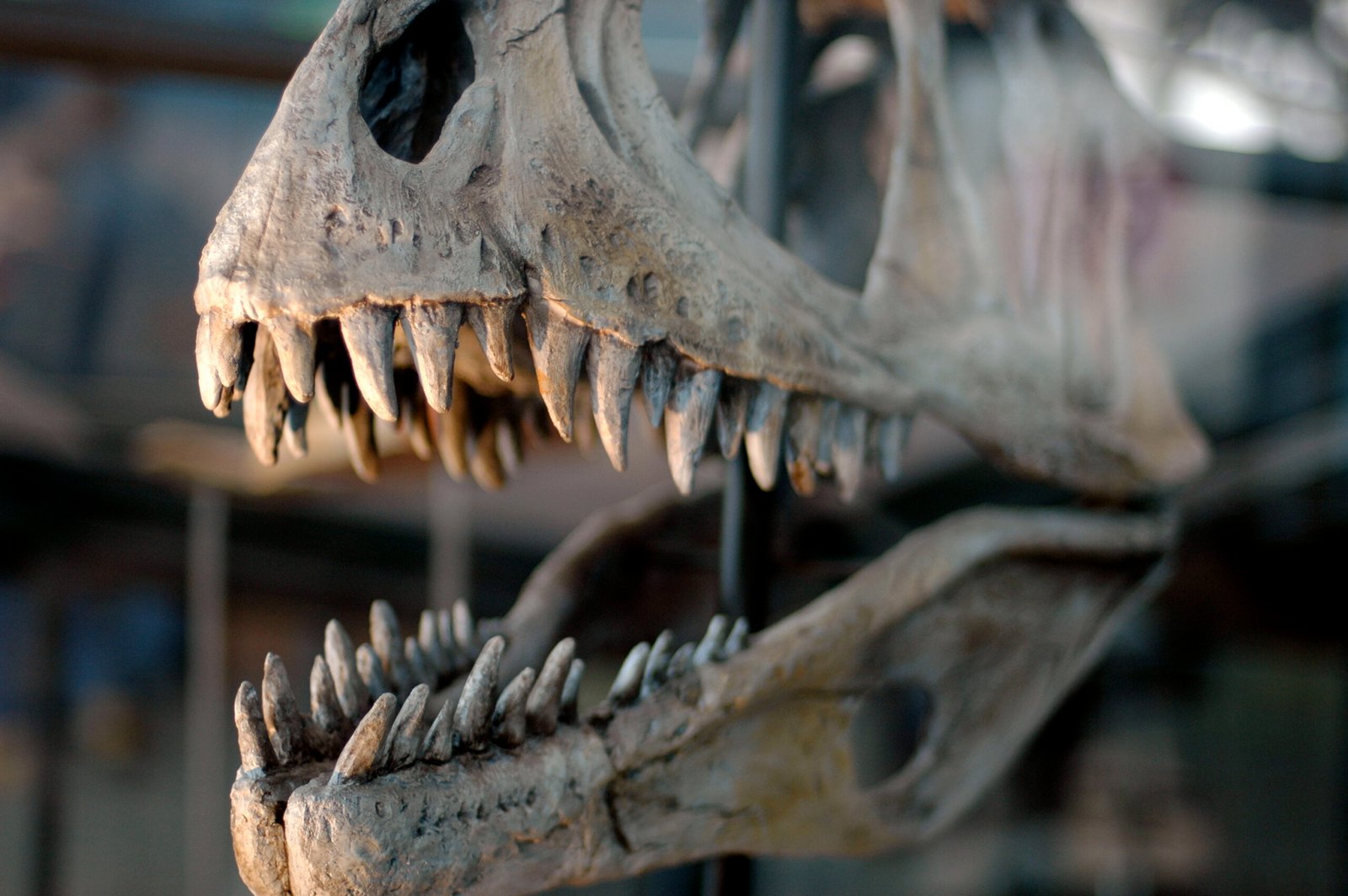
Beyond communication and courtship, the crest may have had other uses. Some researchers think it helped with breathing, acting as a filter to clean dust from the air. Others suggest it could have helped regulate body temperature by increasing the surface area for heat exchange. But most agree that its main job was sound. In a world filled with giant predators and thick forests, being able to announce your presence—or your absence—was a survival skill like no other.
Growth and Development of the Crest
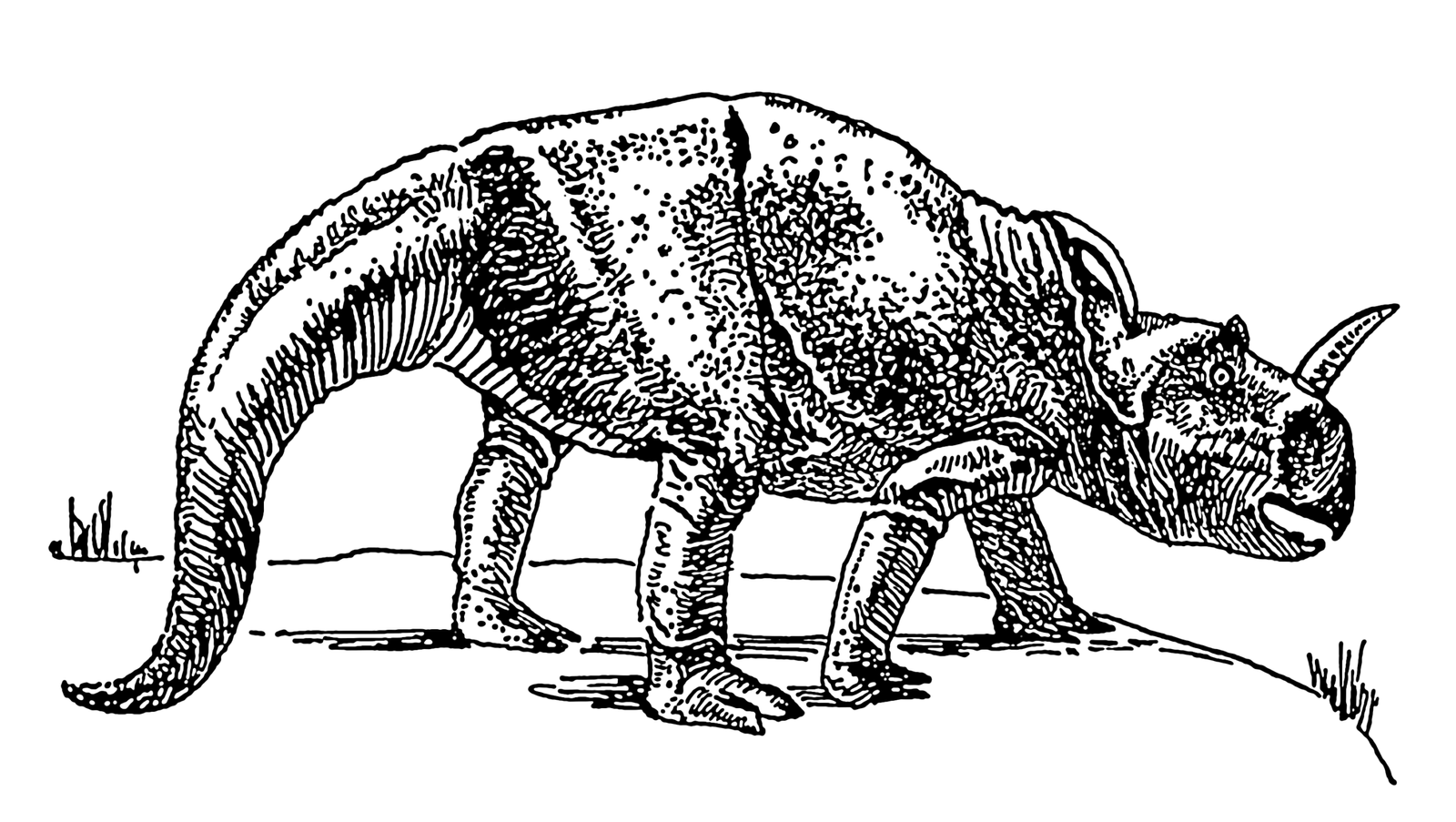
Fossils show that the crests of hadrosaurids didn’t appear overnight. Juvenile dinosaurs had small, simple bumps, which grew larger and more complex as they aged. This gradual change suggests the crest played a role in maturity and social hierarchy. Youngsters might have sounded different from adults, letting parents and herd members recognize their calls. As dinosaurs grew, their calls would deepen, just like a teenager’s voice changing during puberty. This natural progression added yet another layer to the social dynamics of these ancient animals.
Echoes Through Time: Fossil Evidence
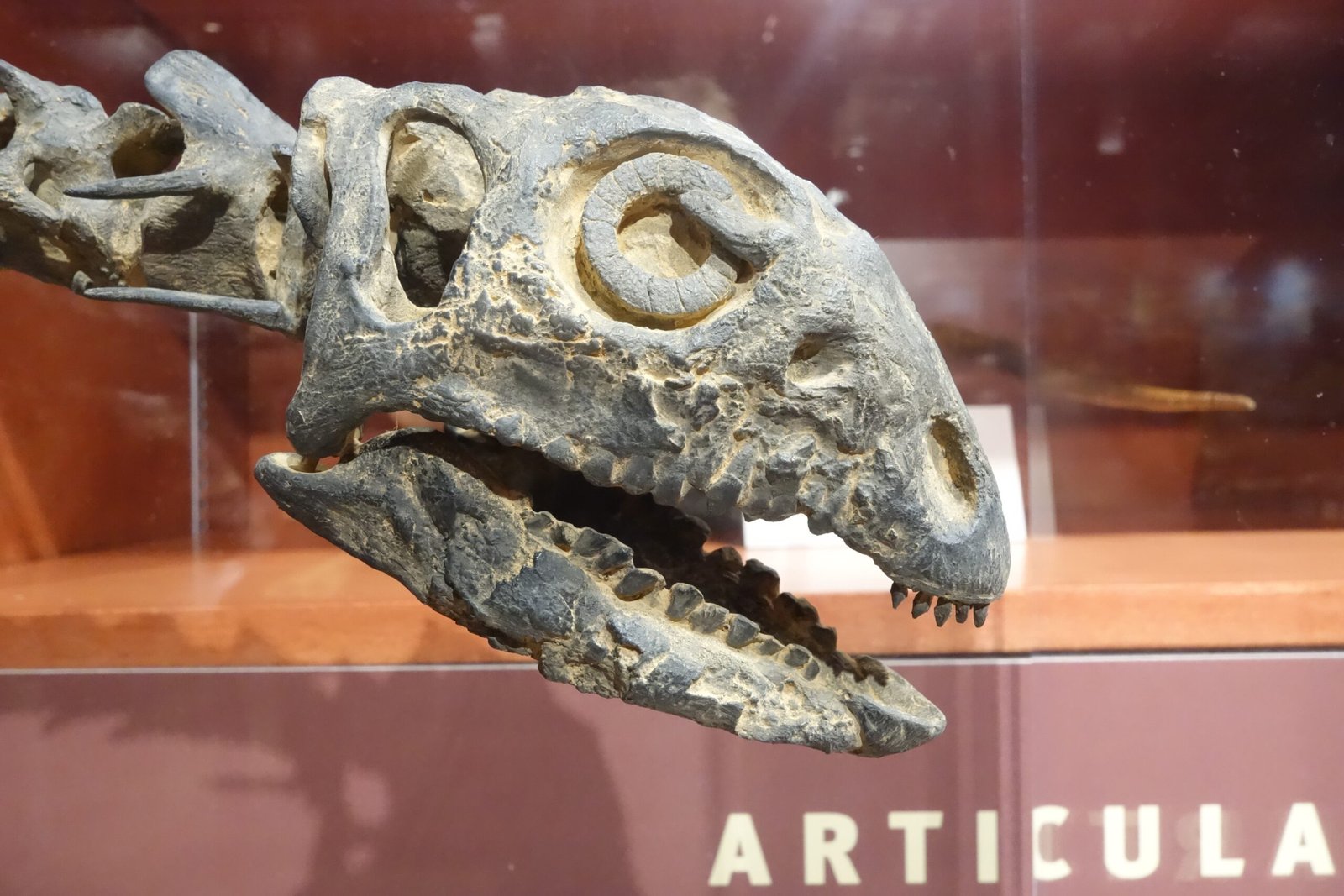
The fossil record has been a patient storyteller, revealing its secrets bone by bone. Some skulls are so well-preserved that scientists can trace every twist and turn of the internal airways. In rare cases, even soft tissues have left impressions, giving clues about how the dinosaur’s voice box may have worked. These details allow paleontologists to reconstruct not just what these animals looked like, but how they sounded—a rare gift from the distant past. Each find adds a note to the prehistoric melody.
Challenges in Reconstructing Dinosaur Sounds
Despite the advances in technology, recreating the exact sounds of these dinosaurs is still a challenge. After all, bones fossilize, but soft tissues like vocal cords rarely do. Scientists have to make educated guesses, using comparisons to modern animals and careful analysis of bone structure. It’s a bit like trying to play a song on an instrument with missing strings. Still, every new fossil, every new scan, brings us closer to decoding the ancient calls that once filled the air.
The Impact on Dinosaur Pop Culture
Hollywood has never been shy about giving dinosaurs a voice, often opting for roars and screeches that send chills down our spines. But the reality, as revealed by science, is even more fascinating. Imagine a dinosaur that didn’t roar, but sang—or at least bellowed—in haunting, musical tones. Movies and documentaries are starting to catch up, using scientific models to create more accurate soundscapes. It’s a reminder that truth can be stranger, and more wonderful, than fiction.
What This Means for Dinosaur Intelligence
The complexity of the dinosaur’s sound system hints at a level of social intelligence we’re only beginning to appreciate. Communication requires not just a sender, but a receiver who can understand and respond. This back-and-forth suggests these dinosaurs had rich social lives, filled with nuance and meaning. It’s a humbling thought—perhaps these ancient giants were not just lumbering beasts, but creatures capable of connection, emotion, and even a touch of artistry.
Lessons from the Prehistoric Orchestra
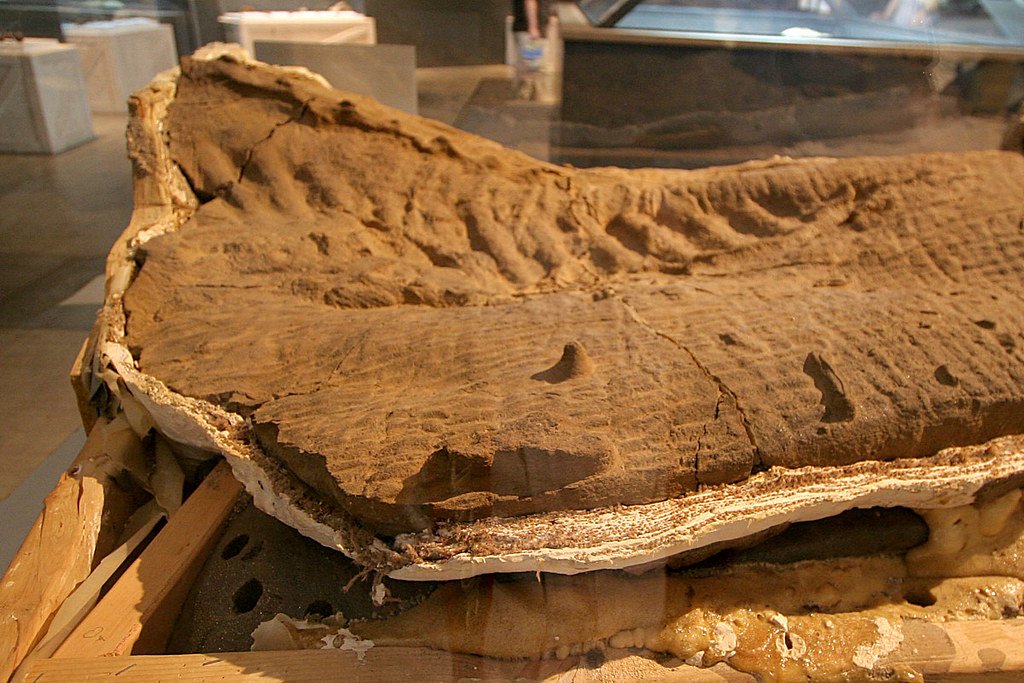
Nature’s designs are often more innovative than anything humans can create. The dinosaur sound system is a perfect example—a blend of biology, physics, and pure evolutionary creativity. By studying these ancient adaptations, scientists gain insights into how life evolves solutions to new challenges. It’s a lesson in resilience and resourcefulness, one that echoes through time and inspires us to look closer at the world around us.
Future Discoveries and Ongoing Mysteries
As new fossils are unearthed and technology advances, our understanding of dinosaur sound systems continues to grow. Researchers are now exploring whether other dinosaur groups had similar adaptations, and how these features changed in different environments. Each discovery raises new questions—how did predators respond to these calls? Did different species “jam” each other’s signals, like prehistoric pranksters? The mysteries are endless, and the next breakthrough could be just a shovel-scoop away.
A New Way to Listen to the Past
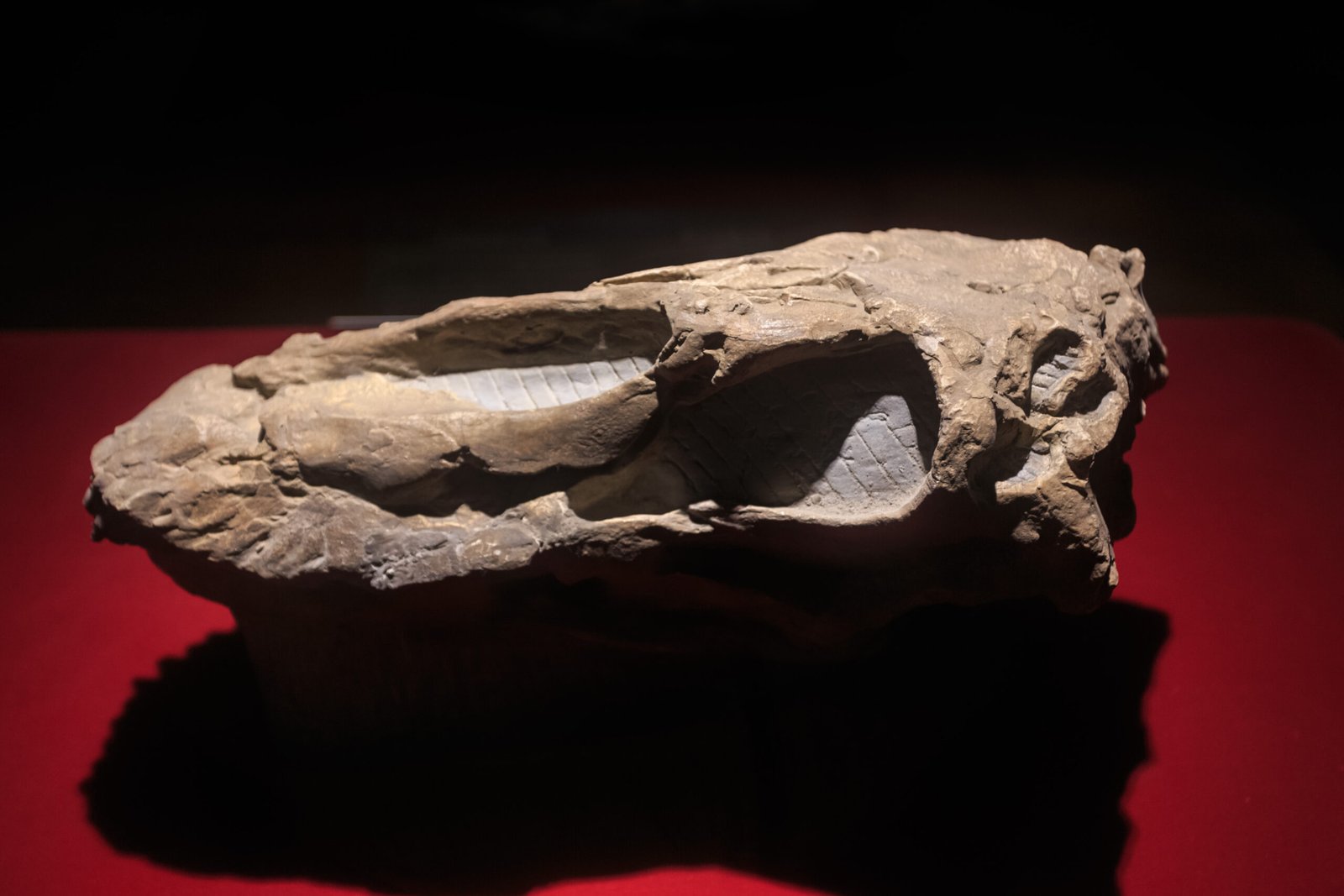
Next time you hear the low rumble of thunder or the distant call of a crane, think of the dinosaurs whose skulls once resonated with sound. Their built-in “speakers” remind us that the world is full of hidden wonders, waiting to be uncovered. Science isn’t just about seeing the past—it’s about hearing it, too. Who knows what other ancient voices are waiting to be heard, locked inside the stone and silence of the Earth?




